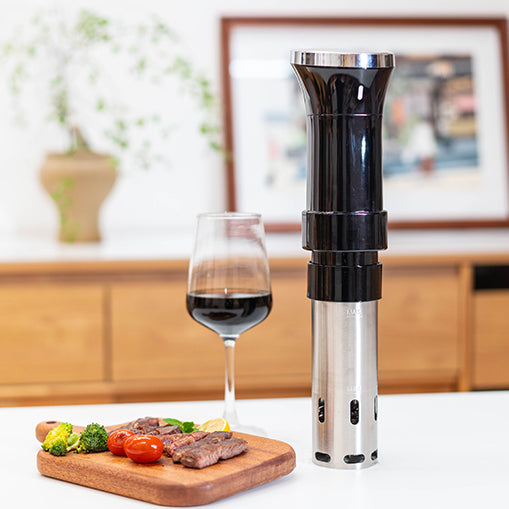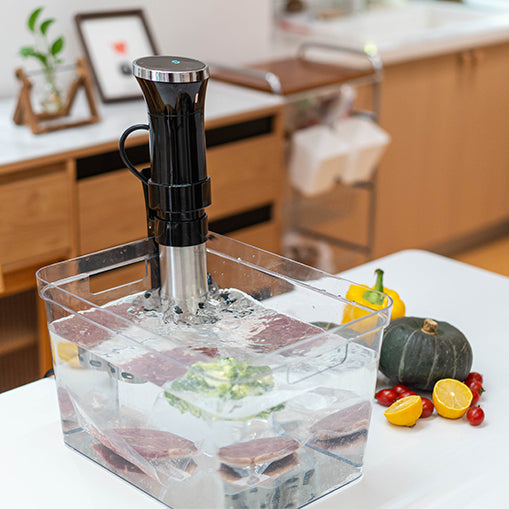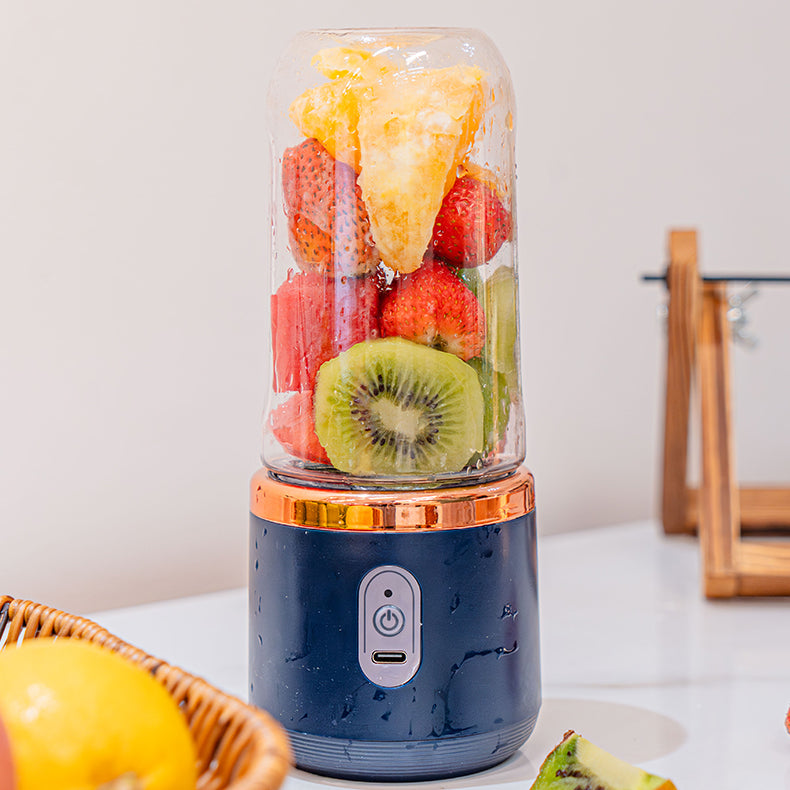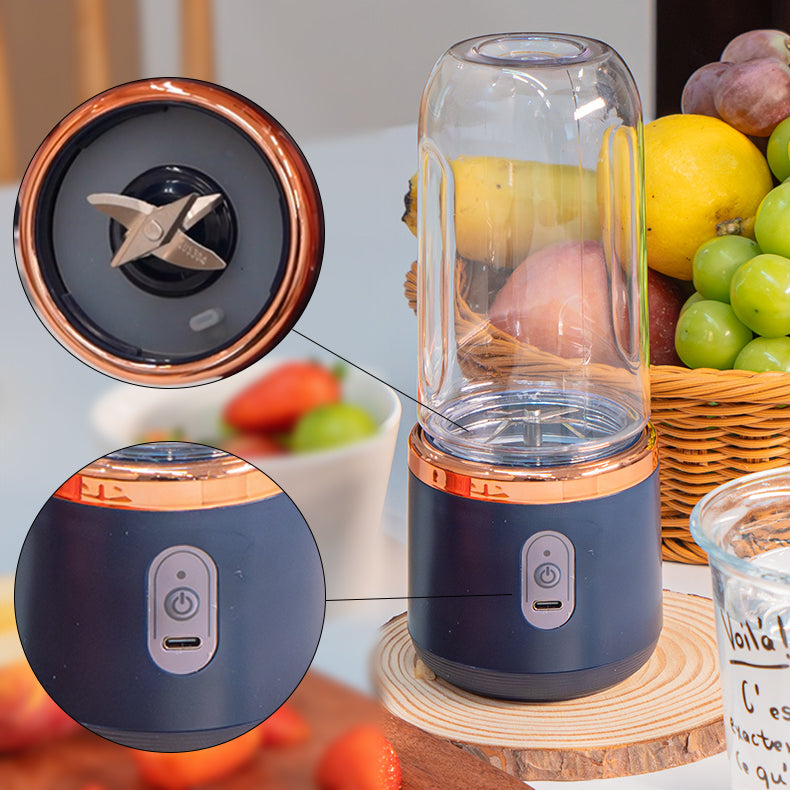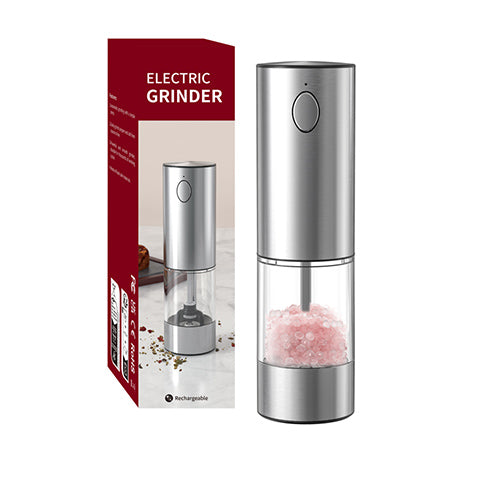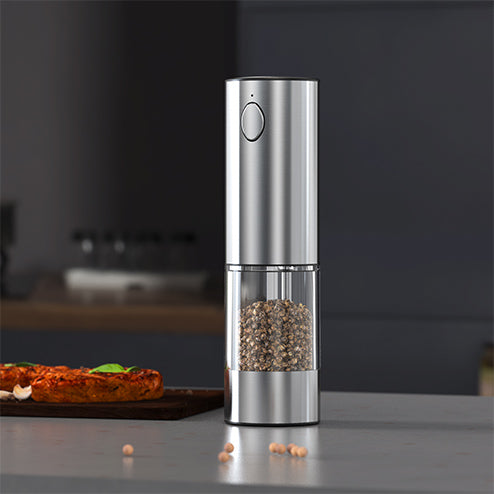Espresso makers are marvels of engineering, transforming coffee beans into rich, aromatic espresso through precise temperature control and high pressure. These devices, whether simple or complex, bring the art of coffee making into your home. However, how does an espresso maker work?
In this guide, we'll delve into the key components of an espresso maker, explain the brewing process, outline the different types of machines, and provide essential maintenance tips to ensure you understand how an espresso maker works and enhance your brewing skills and enjoy a superior coffee experience.

Key Components of an Espresso Maker
Understanding the primary components of an espresso maker is crucial to appreciating how espresso makers function. Each part plays a vital role in brewing high-quality espresso.
The Water Source
The water source is typically a reservoir that stores water until it's needed for brewing. Some high-end machines are directly plumbed into a water line, ensuring a continuous supply. The quality of the water can significantly affect the taste of the espresso, making it essential to use filtered water to avoid impurities.
The Pump
The pump is crucial for creating the pressure needed to force water through the coffee grounds. Most modern espresso machines use an electric pump, such as a vibratory or rotary pump, capable of producing 9 bars of pressure. High-quality Italian coffee machines even feature 20 bar high press deep extractions for fully extracting the coffee's oils and flavors, resulting in a rich and concentrated espresso.
The Boiler
The boiler heats the water to the optimal brewing temperature, usually between 195°F and 205°F (90°C-96°C). There are different types of boilers, including single boilers, dual boilers, and heat exchanger systems. Each type has its advantages, with dual boilers allowing simultaneous brewing and steaming, while heat exchangers are more energy-efficient.
The Steam Wand or Steam Chamber
The steam wand or steam chamber is used for frothing milk, a critical component for making lattes and cappuccinos. The steam wand releases pressurized steam, which heats and froths the milk to create a creamy texture. Some machines have automatic frothing systems or professional steam systems, making it easier to achieve consistent results.
The Group Head
The group head is where the portafilter locks into the machine. It disperses hot water evenly over the coffee grounds, ensuring uniform extraction. The group head must maintain a stable temperature to prevent fluctuations that could affect the espresso's quality. Regular cleaning is necessary to keep the group head functioning correctly.

How an Espresso Maker Brews Coffee
Now let’s see the specific process of brewing espresso which involves several steps, each critical to producing a high-quality shot. Here's a detailed look at the process:
Heating the Water
The brewing process begins with heating the water in the boiler. Depending on the machine, this can be done through a single boiler, dual boilers, or a heat exchanger. The water needs to reach the precise temperature range of 195°F to 205°F (90°C-96°C) to ensure optimal extraction of the coffee flavors.
Pressurizing the Water
Once heated, the pump pressurizes the water to around 9 bars. This high pressure is essential for forcing the water through the finely ground coffee, extracting the rich oils and flavors that define espresso. The consistency of the pressure affects the quality of the extraction, making a reliable pump crucial.
Extracting the Espresso
With the water heated and pressurized, it flows through the coffee grounds in the portafilter. The group head ensures even distribution, and the water extracts the coffee's soluble compounds, creating a concentrated shot of espresso. The entire process typically takes about 25-30 seconds, and the quality depends on the grind size, tamping pressure, and brewing time.
Frothing the Milk
For milk-based espresso drinks, the next step is frothing the milk using the steam wand. The pressurized steam heats the milk while incorporating air to create a frothy texture. The technique involves positioning the steam wand correctly and controlling the steam pressure to achieve the desired consistency.
Managing Temperature and Pressure
Advanced espresso machines use PID (Proportional-Integral-Derivative) controllers to maintain precise temperature and pressure throughout the brewing process. These controllers ensure that the machine operates within the optimal range, producing consistent and high-quality espresso shots.
Cleaning and Maintenance
Regular cleaning and maintenance are essential for keeping an espresso machine in good working condition. This includes cleaning the portafilter, group head, and steam wand after each use, as well as periodic descaling to remove mineral buildup. Proper maintenance ensures that the machine continues to produce excellent espresso and extends its lifespan.
Different Types of Espresso Machines
Espresso machines come in various types on the market, each offering different levels of control and automation. Here’s a brief overview of the most common types:
Manual Machines
Manual espresso machines require the user to control every aspect of the brewing process, from grinding and tamping the coffee to pulling the shot. They offer the highest level of control but require significant skill and practice, making them better suited for experienced baristas or coffee enthusiasts.
Semi-Automatic Machines
Semi-automatic machines automate some aspects of the brewing process, such as maintaining consistent water pressure, but still require the user to grind, tamp, and start/stop the shot. This type of machine like the popular Italian coffee machines strikes a balance between control and convenience, ideal for those who enjoy being hands-on with their coffee-making but appreciate some level of assistance.

Automatic Machines
Automatic machines take automation a step further by controlling the shot timing in addition to pressure and temperature. The user still needs to grind and tamp the coffee, but the machine handles the brewing process, perfect for users who want a reliable and straightforward brewing process without giving up too much control.
Super-Automatic Machines
Super-automatic machines do everything from grinding the beans to frothing the milk. They offer the highest level of convenience, making it easy to produce consistent espresso with minimal effort. These machines are ideal for users who prioritize ease of use over control, so busy households or offices where simplicity and speed are essential are best to choose them.
Conclusion
Understanding how an espresso maker works can enhance your coffee-making skills and appreciation for this intricate process. By mastering the key components, brewing techniques, and maintenance practices, you can enjoy consistently high-quality espresso at home. Whether you prefer a manual machine for full control or a super-automatic machine for convenience, there's an espresso maker to suit every coffee lover's needs.

